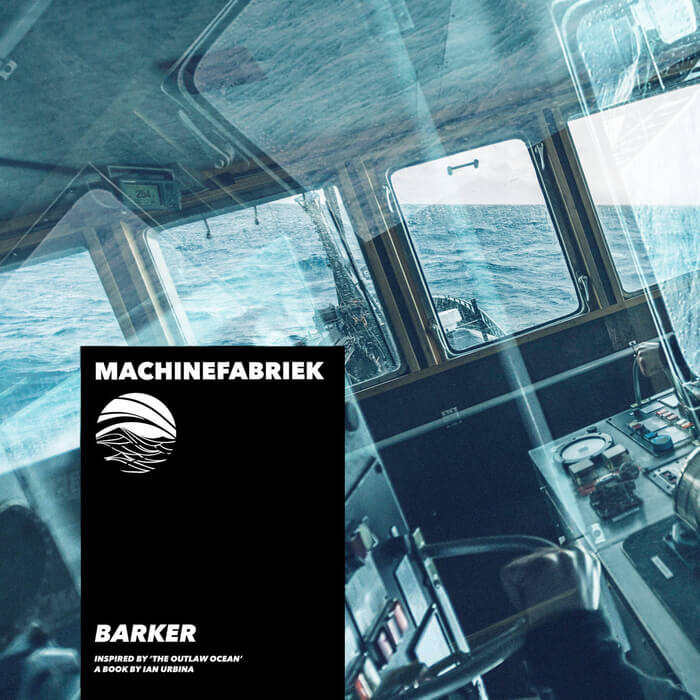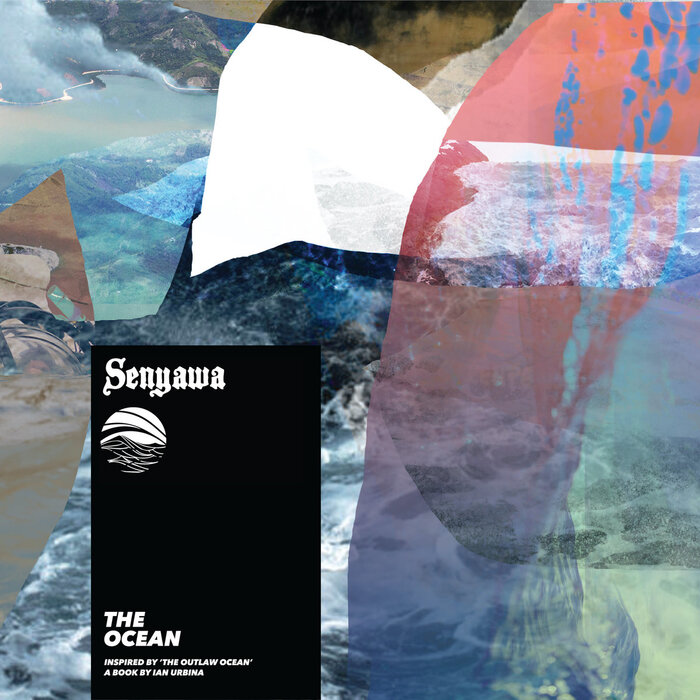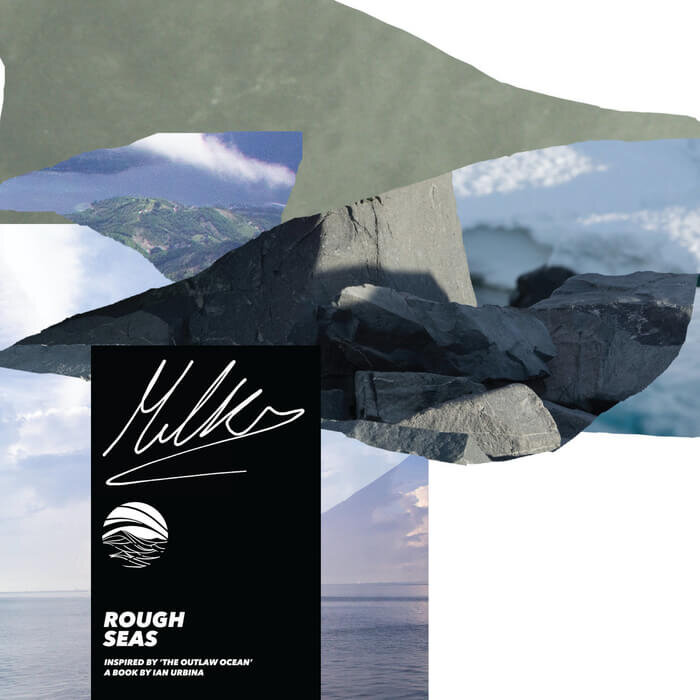THE OUTLAW OCEAN MUSIC PROJECT
This review of The Outlaw Ocean Music Project by Dylan Ettinger is the first in a new series of longform features by Tome writers.
What does the ocean sound like? New Age and Ambient records are full of field recordings of waves lapping against a shore to the point of cliche. These sounds evoke a sense of calm in their steady tidal push pull. Embedded in those tropes is a superficial replication of natural splendor. Beaches are so often used as a place to commune with nature, a site of refuge from the tedium and alienation of the modern industrialized world. But in terms of humanity’s actual interactions with the ocean- the illegal fishers, the human trafficking victims, the activists, the isolated explorers - from the sublime to the terrifying, what does life on the ocean really sound like?
There is a hidden darkness floating across the water. Ian Urbina’s New York Times Bestselling book, “The Outlaw Ocean” is a riveting portrait of the lawless nature of life on the ocean. The ocean is the primary medium of global commerce, but due to complicated legal situations and the vastness of the ocean, enforcing any sort of laws in international waters is extremely difficult. Urbina’s reporting describes rampant criminal activity. Illegal fishing is leading to the decimation of many populations of fish and the lack of oversight leads to human rights and labor abuses. The ocean is rife with wage theft, slavery, abandonment and murder. Most nations just do not have the resources or means to find and prosecute any of these criminals, and because of that, most of these crimes fly completely under the radar.
While doing the work of reporting for the book, Ian Urbina also collected an impressive library of field recordings. These recordings were shared with a group of musicians who were encouraged to use them to create music inspired by The Outlaw Ocean Music Project. At this current moment, the project has curated releases from a diverse stable of over 250 artists, representing every continent. The music created for this project ranges from stark ambient and experimental music, to hip-hop and techno. Established musicians like Why?, Appleblim, and Machinefabriek sit comfortably next to a host of newcomers and more obscure acts. The shared theme and sample library create a common thread through every release, successfully uniting the disparate recordings into a unified and cohesive group. If navigating this amount of music sounds overwhelming, the project’s website allows you to sort by artist, country of origin and genre. Here is a quick intro to a few of the artists to get started:

MACHINEFABRIEK - "BARKER"
“Barker” by Dutch artist Machinefabriek, offers an expert example of how field recordings can be used to create a setting and narrative structure within a composition on The Outlaw Ocean Music Project. The track opens with sounds that evoke stepping onto a ship and turning on the navigational equipment. Sounds of waves crashing and wooden creaking are anchored by a sparse, minimal beat that is reminiscent of dripping water. Mangled radio transmissions are heard in the background while synthesizers skitter around creating a strong sense of tension. The track is titled in reference to the Bob Barker, a ship tasked with hunting down and catching the Thunder, the most notorious illegal fishing vessel on the ocean. Machinefabriek masterfully recreates the tension of that pursuit and the result is an evocative piece that transports the listener behind the controls of a boat, steering it through ominous waters in chase of its prey.

SENYAWA - "THE OCEAN"
Hailing from the Indonesian Archipelago, The group Senyawa, are no strangers to the illegal activities that are perpetrated on the open seas. The group felt a strong connection to the material in “The Outlaw Ocean”, specifically the pervasive issue of illegal fishing and the harm it causes small fishing communities. They channeled this into a fascinating EP appropriately titled “The Ocean” The album opens with propulsive, distorted percussion and quickly fills in with a whirlwind of field recordings and metallic crashing and clanging. Senyawa are known best for combining modern experimental technique with the musical heritage of their home island of Java. The Javanese influence is very noticeable. The pieces all vary in instrumentation, tone and intensity, but there is a common polyrhythmic and repetitive percussive quality to every performance. The field recordings are mostly used to add a sense of setting and color to the pieces and they compliment the more percussive elements well. Senyawa’s approach to the source material lends a unique and fascinating local perspective to the project, highlighting how the problems facing our waterways have both local and global ramifications.

MILKZ - "ROUGH SEAS"
The five track EP, “Rough Seas'' by Polish beatmaker Milkz shows a very different approach to interpreting “The Outlaw Ocean”. The EP starts out with a recording of rain and a radio transmission of a voice reading an excerpt from the book. The field recordings set the mood before a relaxed hip-hop beat drops in and sets the mood for the rest of the album. The songs are fully instrumental and maintain a pleasant, laid back vibe, occasionally dropping in more vocal samples. The kick and bass are full and heavy and the melodies float in the mix like wisps of clouds or blips of sonar. “My hope for the tracks is for them to complement the reading experience.” the producer says of the release. “Rough Seas” is a nice shot of oceanic, ambient hip-hop to accompany Urbina’s work. His brand of head-bobbing beats are ideal background music while thumbing through The Outlaw Ocean Music Project.
While the attempt to “raise awareness” about a specific issue often reeks of the performative activism usually embodied by pink ribbons or publicity stunts, The Outlaw Ocean Music Project deftly avoids many of those common pitfalls. Urbina’s work is compelling and vital, describing an unseen world pushed to the brink by global capitalism. The source materials also lend themselves well to reinterpretation. Specifically, the use of field recordings forges a direct and compelling link between the artists’ work and Urbina’s. The scope and diversity of the project also casts a wide net when it comes to finding a receptive audience. Right now, the viability of the music industry and journalism as we know them are both in a state of dire uncertainty. This type of project could provide an important blueprint for how both fields can maintain vitality and relevance moving forward.







